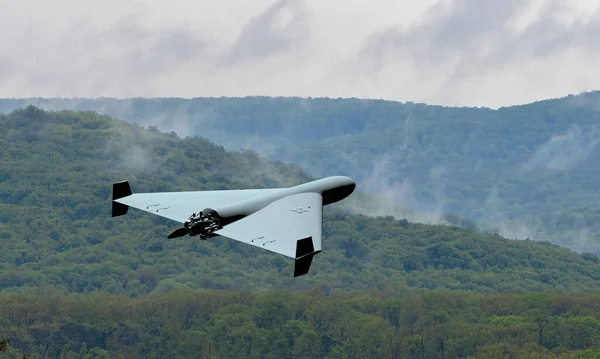
What would happen if a few inexpensive drones were able to wipe out a superpower’s billion-dollar arsenal overnight? In June of 2025, Ukraine’s Operation Spiderweb provided a thundering answer, when floods of locally produced kamikaze drones struck deep behind Russian lines and inflicted losses that resonated throughout Moscow’s forces and the global defense community as a whole.

1. Operation Spiderweb: The Anatomy of a Deep-Strike Shock
The precision-planned raid codenamed Operation Spiderweb unfolded at four of Russia’s most critical air bases, from the Arctic Circle to Siberia. Ukrainian operatives, after 18 months of clandestine preparation, hauled in some 150 small attack drones and modular launch modules into Russia aboard routine cargo trucks used as mobile launching pads. At the planned hour, these transports, camouflaged as civilian aircraft, fired 117 drones barely outside the borders of Olenya, Diaghilevo, Belaya, and Ivanovo airfields.
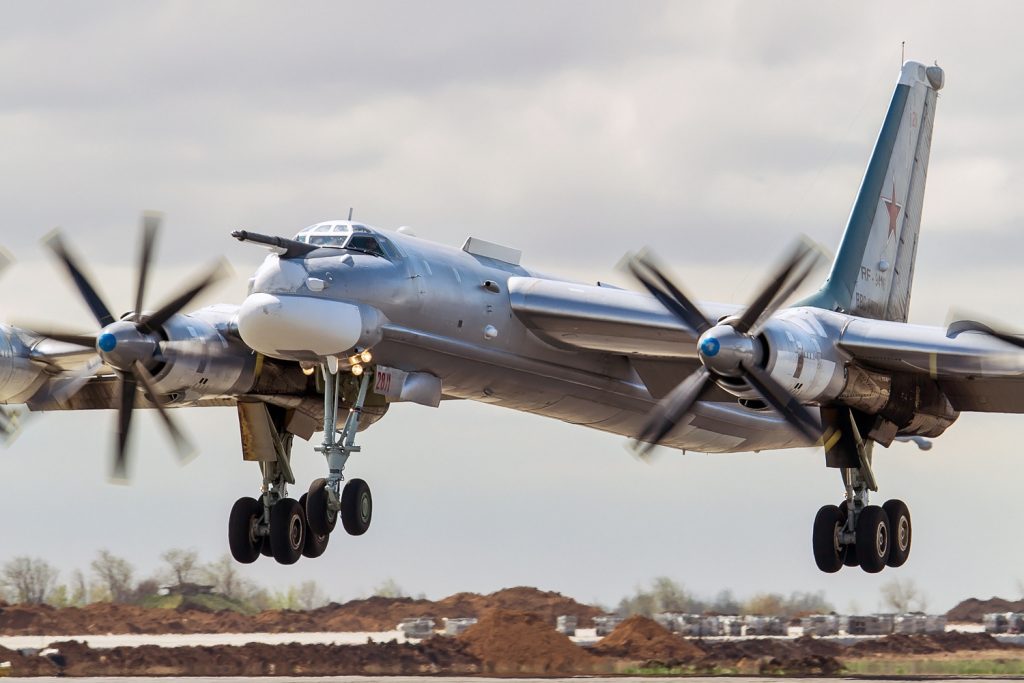
The intended targets were not random: among the more than 40 aircraft destroyed or damaged were Tu-95MS and Tu-22M3 bombers, A-50 AWACS, and Tu-160 strategic bombers, assets that were essential to Russia’s long-range strike and nuclear deterrence capabilities. As one analyst put it, “Operation Spider’s Web struck four key Russian military air bases that are central to Russia’s strategic aviation network.” The economic arithmetic was astonishing: billions of dollars’ worth of equipment were taken out by drones that cost less than $1,000 apiece.
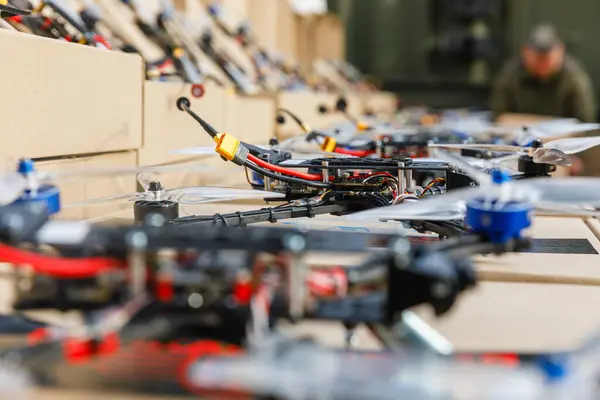
2. Vyriy and the Rise of Localized, Low-Cost Drone Production
At the heart of Ukraine’s drone revolution stands Vyriy, a company which ventured into the UAV industry only after hostilities broke out. Its between $300 and $1,000 drones are now being produced with 80–100% local parts, allowing rapid, robust supply to troops at the front. This shift to local production was no byproduct of Chinese export controls but an intentional exercise in technology sovereignty. As reported, Vyriy Drone has equipped its armed forces with one thousand drones made entirely of Ukrainian parts.
That industrial agility has allowed Ukraine to scale output from a few thousand FPV drones in 2022 to well over two million units in 2024 with monthly output now exceeding 200,000 drones. The government subsidies for local components production have also insulated Ukraine from supply chain breakdowns and boosted its capability to rapidly iterate on new designs according to battlefield demands.
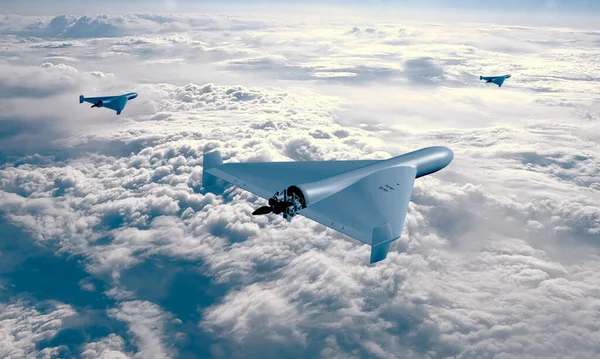
3. The Technical Revolution: Kamikaze Drones, Autonomy, and AI Targeting
Drones used in Operation Spiderweb were not shrink-wrapped toys. They were all equipped with open-source autopilot software most notably ArduPilot combined with tiny onboard computers and LTE modems, with the option for remote piloting on Russian mobile networks. The configuration provided advanced flight stabilization, waypoint flying, and failsafe modes, enabling operators to fly long distances away and with extreme signal delay.
In addition, AI-targeting algorithms were reported to have been trained on Russian aircraft models of museums so that the drones could identify and target structural vulnerabilities such as fuel tank seams and underwing pylons. As confirmed by open-source intelligence, “AI-assisted targeting has been incorporated into the attack logic of the drones enabling rapid and precise final-stage maneuvers in the dive attack.”
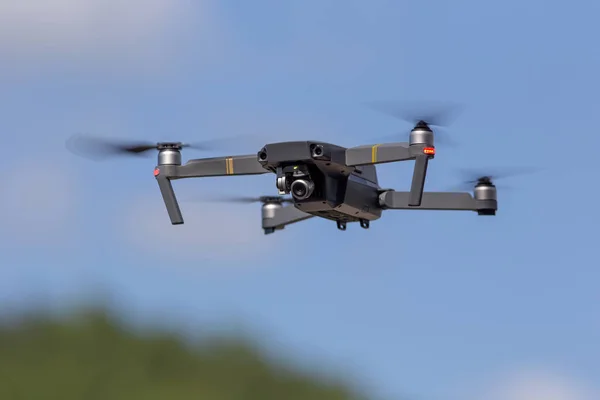
4. Specialized Drone Teams: New Unit Structures and Asymmetric Impact
The advent of specialized drone units has transformed Ukrainian military organization. Typical units have four personnel: one for explosives and three pilots. The streamlined organization is facilitated by the simplicity of deployment of the drones as well as the modularity of their payloads, from RPG-7 warheads up to customized explosives.
As one Ukrainian engineer known only by his pseudonym “Djeza” puts it, “one in four drones will typically get a direct hit.” The asymmetric effect is deep: hundreds of dollars’ worth of drones can knock out tens of millions of enemy hardware, tilting the balance of attrition in favor of Ukraine. As Djeza noted, “It would be near-impossible to fight a huge military machine like Russia, but with drones it becomes much easier.”
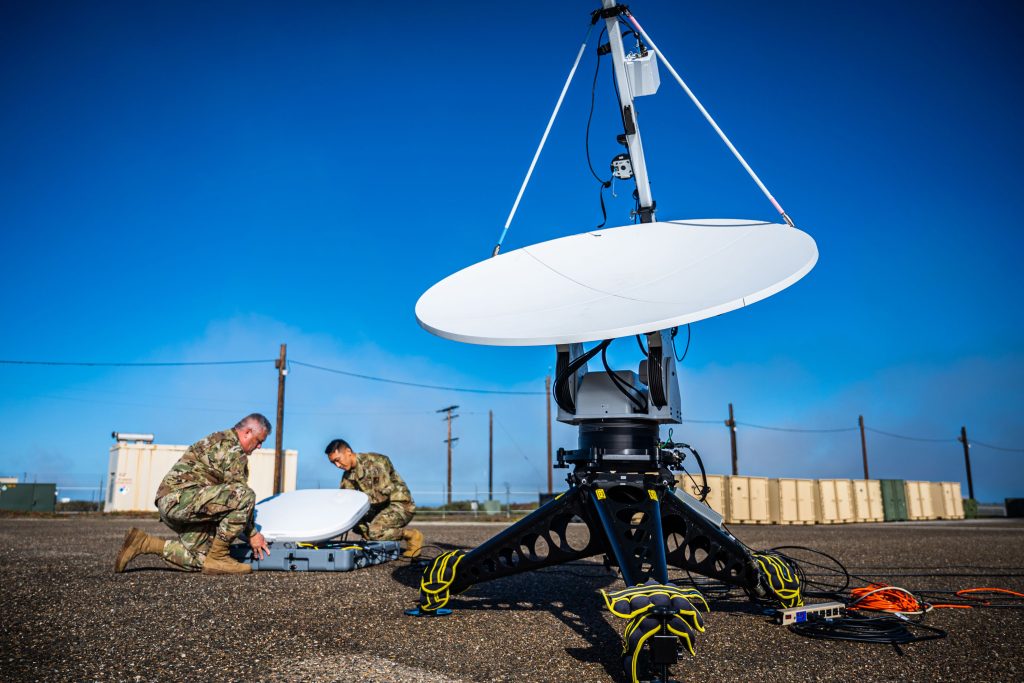
5. Countermeasures and the Electronic Warfare Arms Race
Russia has moved rapidly to counter this threat, deploying new generations of electronic warfare (EW) equipment at vehicle and personal soldier levels. There have been some recent innovations, including soldier-worn jammers that identify and jam drone video signals with targeted, low-power interference without the risk of triggering drone failsafe modes. These types of systems can be bypassed, however, particularly by fiber-optic drones that transmit video on physical tethers, and need to be upgraded constantly as Ukrainian drones shift frequencies and employ more resilient communication protocols.
Ukraine has reacted with an “8,500-device wall” of jamming and detecting so-called Atlas devices intended to provide smooth, selective jamming along the front line, which is controlled from sheltered rear locations. The only consistently effective countermeasure against normal FPV drones is electronic warfare, of which jamming is a component. The moment a jammer disrupts a drone’s connection with its pilot, the drones crash or sit idle until they run out of power.
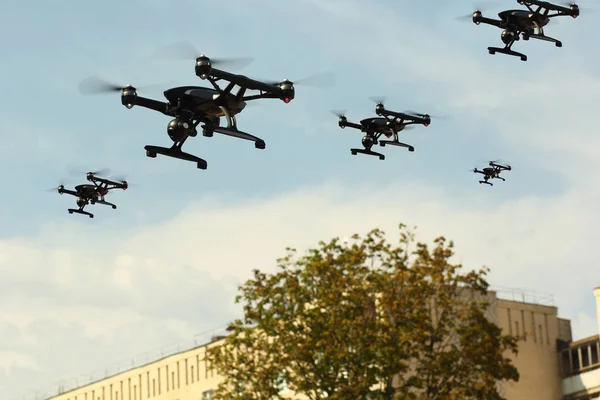
6. Swarm Tactics and Autonomous Coordination Software
While the vast majority of Ukrainian drone strikes thus far have relied on coordinated but individually controlled drones, the future generation already began: autonomous swarms. Drawing on algorithms taken from natural systems such as flocking birds or schooling fish such systems use decentralized control, consensus algorithms, and real-time path planning to enable dynamic formation and massed attacks that saturate even sophisticated air defenses. As per one report, “One of the noteworthy developments witnessed in this war is the use of FPV drones in swarms.”
The drones, typically hacked from commercial drones, are filled with explosives and operated remotely by the handlers. Flying in formation, they are able to saturate the defenses of an enemy, making intercept extremely difficult. The scalability and resilience of such swarms where one destroyed drone will not destroy the mission represent a paradigm shift in offensive and defensive mathematics.
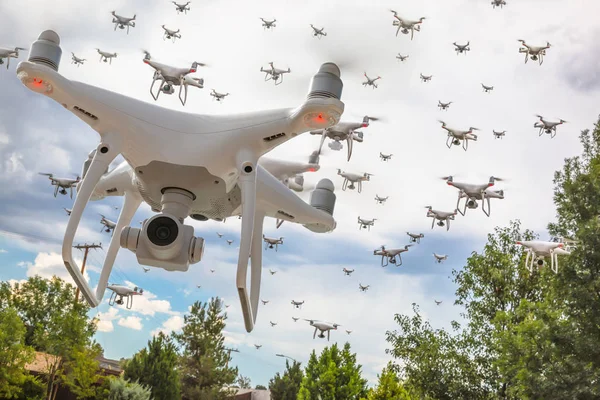
7. Strategic Implications: Cost, Vulnerability, and the Future of Airpower
Operation Spiderweb has discredited traditional assumptions about the invulnerability of rear-area assets and cost-exchange ratio in modern warfare. The destruction of costly planes by swarms of low-cost drones forces armies to reconsider investing in static, centralized assets. As described by one analyst, “Comparatively inexpensive drones, launched from within Russia’s own borders, destroyed aircraft which cost billions and support Moscow’s long-range strike and nuclear signaling.”
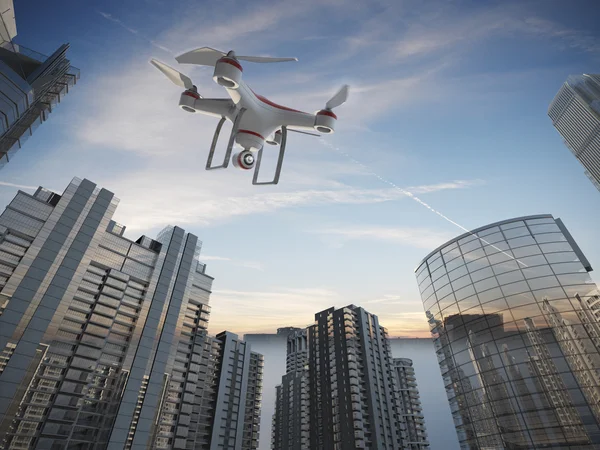
That’s a behavior that can be easily replicated by other perpetrators against other countries. The moral is clear: there is no asset that is safe, and the marginal cost of precision strike has collapsed. The defense doctrines must now contend with dispersion, hardening, and rapid adjustment to the ever-evolving threat of swarmied, intelligent UAVs. The hum of drones over Ukraine’s battlefields is more than a tactical nuisance it is the promise of a new era, in which genius, mass production, and algorithmic warfare can tip the balance against even the strongest enemies.

